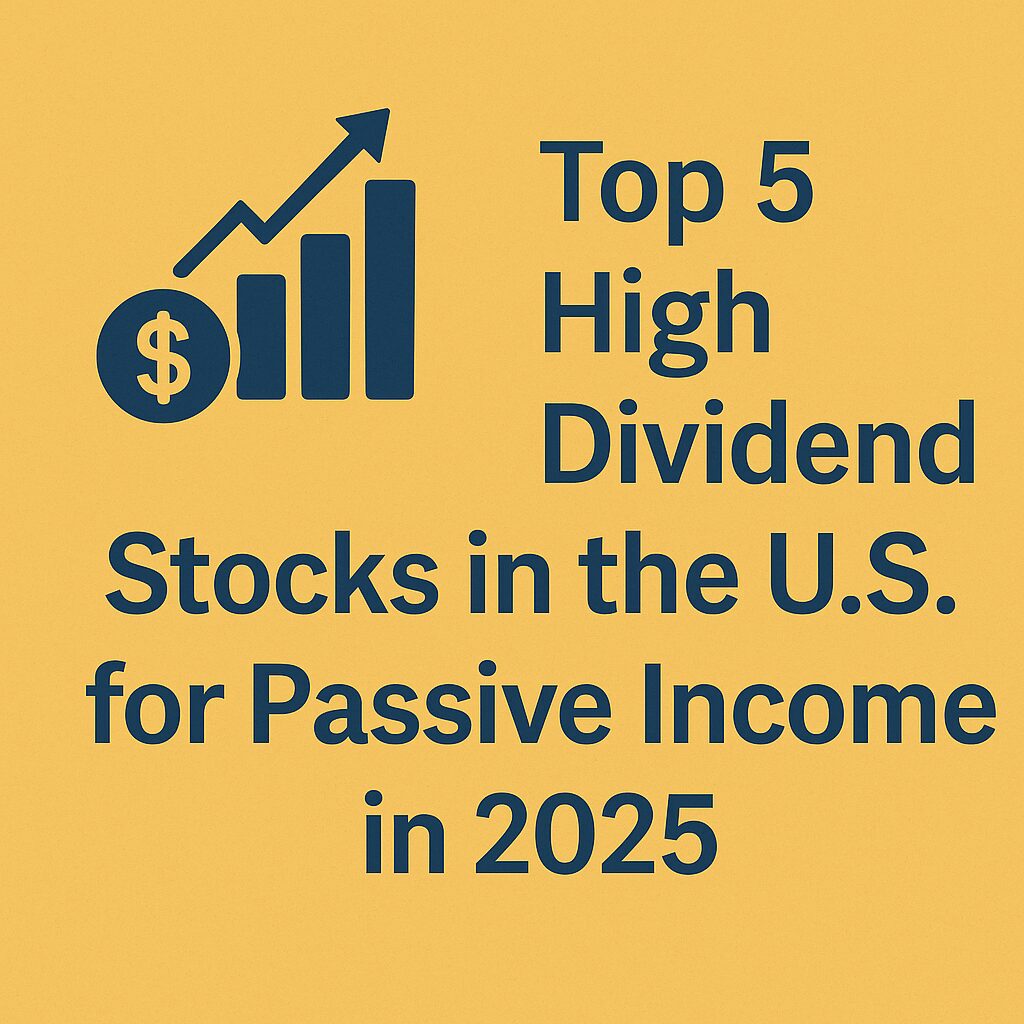Why Reinvestment Beats Hoarding Cash
Most people think building wealth requires adding more capital each year — saving more, investing more, cutting expenses. But what if you could steadily grow your income without adding a single dollar more? That’s the power of dividend reinvestment. Instead of withdrawing the dividends paid out by your stocks, you can reinvest them — automatically — to purchase more shares and unlock compound growth.
This simple shift transforms your portfolio into a self-feeding income engine. The longer you reinvest, the faster your cash flow snowballs. Even small investors starting with $100/month can generate serious long-term income by following a disciplined reinvestment strategy.
What Is DRIP and How Does It Work?
DRIP, or Dividend Reinvestment Plan, is an arrangement where dividends earned from stocks or ETFs are automatically used to buy more shares, often commission-free.
There are two types:
- Broker-based DRIPs: Most online brokers offer this feature. Once enabled, dividends are used to buy fractional or whole shares of the same stock automatically.
- Company-sponsored DRIPs: Some corporations offer direct investment programs that allow shareholders to reinvest dividends directly with them, sometimes with added benefits like discounts.
Whether you’re using Robinhood, Schwab, Fidelity, or international platforms like Interactive Brokers, DRIP can typically be activated in your account settings.
Who Should Use Dividend Reinvestment Strategies?
Reinvestment strategies are ideal for:
- Long-term investors aiming to build a sizable income over 5–20+ years.
- Early retirement seekers who want to create self-sustaining cash flow.
- Investors with limited capital, who want to grow monthly income without adding more money every month.
- People prone to emotional decisions, since automated reinvesting removes the temptation to time the market or withdraw early.
If your goal is financial independence, DRIP is your best ally.
Best Platforms and Brokers for DRIP Investing
The best DRIP experience comes from platforms that support fractional shares, have no commissions, and allow easy tracking. Here are a few examples:
- M1 Finance (US): Offers automated DRIP plus portfolio rebalancing.
- Fidelity / Charles Schwab (US): Free DRIP, fractional share support, and solid research tools.
- Interactive Brokers (Global): Great for expats and international investors.
- Trading 212 (EU/UK): Commission-free DRIP functionality with accessible interface.
When choosing a broker, consider fees, international accessibility, and the ability to reinvest small amounts efficiently.
How to Build a Reinvestment-Driven Portfolio
To succeed with reinvestment, your portfolio must be built around dividend consistency and growth:
- Pick reliable dividend growers: Look for companies with 5–10+ years of increasing dividends.
- Diversify across sectors: Reinvesting in a mix of REITs, utilities, consumer goods, and financials adds stability.
- Set income milestones:
- Start: $100/month → reinvest for 12 months = +10%–15% share growth.
- Intermediate: $500/month → DRIP compounds faster as dividend per share rises.
- Advanced: $3,000/month → Passive income becomes your new paycheck.
Use tools like Dividend.com, Seeking Alpha, or your broker’s dashboard to track growth.
Pitfalls to Avoid When Reinvesting Dividends
DRIP isn’t risk-free. Watch out for:
- Overconcentration: Reinvesting into a single stock can overexpose your portfolio if the business declines.
- Tax surprises: In some countries, reinvested dividends are still taxable income. Know your local rules.
- Blind reinvestment: Don’t keep reinvesting into stocks with declining fundamentals. Review them quarterly.
The goal is automated growth with accountability. You still need to audit your holdings periodically.
Final Thoughts: Your Path to Passive Wealth
Dividend reinvestment is the most overlooked yet powerful tool for growing income passively. Without adding new money, your portfolio can become a compounding machine that increases monthly cash flow year after year.
Start small. Automate everything. Track your progress. And when your reinvested dividends generate enough to cover your rent or lifestyle — you’ll realize you didn’t need a huge salary to build wealth.
You just needed time, strategy, and discipline.
→ Learn which ETFs outperform in both growth and stability.


